What Exactly Are Herbal Tinctures And How Do You Make Them?
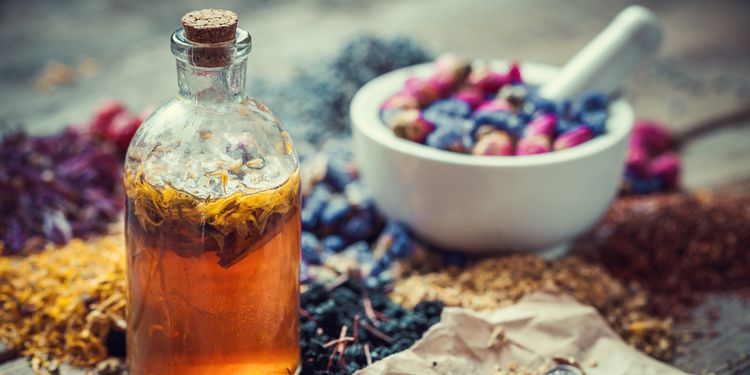
It was a momentous occasion this week in our botanical medicine pharmacy class. We made our first ever official herbal “tincture.” So now the question is… what exactly is an herbal tincture?
To put it simply, a tincture is an herbal medicine product that’s made from a fresh or dried herb and an extracting liquid, most commonly alcohol.
If you’re buying a liquid herbal medicine product (signified by those little glass bottles with the dropper lids), it’s most likely a tincture. If it’s a high-quality tincture, you may have also seen something reading “1:4, 40%” beside each of the herbal ingredients.
If you’re like me, you probably want to know what all the numbers mean.
The ratio represents the ratio of the marc (aka plant material) to the menstruum (aka solvent). The percentage represents the alcohol percentage of the solvent used. The ratio is a good indicator of the potency of the tinctured herb, while the percentage of alcohol used varies depending on the plant constituent or chemical you’re trying to extract.
For example, a tincture of Glycyrrhiza glabra 1:3, 25%, is synonymous with a licorice tincture made of one part licorice root (in grams) to three parts solvent (in milliliters) at 25% alcohol content.
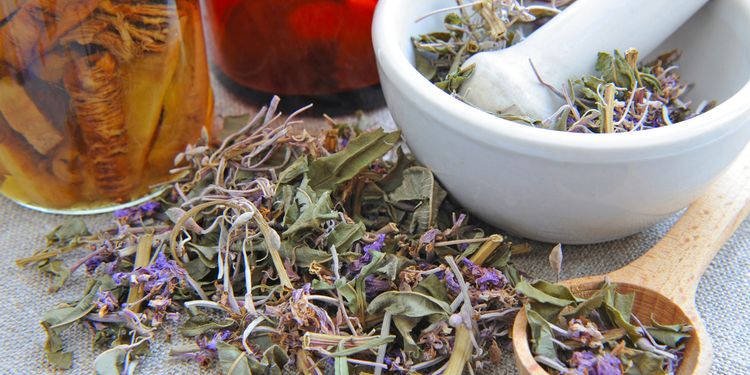
The Folk Method for Tincture-Making
While it’s useful to know the exact ratio to prescribe herbs of a definite potency, I’m finding that tincture making doesn’t have to be excessively precise. While there are some herbs that have toxicity concerns that warrant careful preparations, many herbs can be therapeutically useful at varying concentrations and alcohol percentages.
The folk method of tincture-making requires that you have the following three things:
- Dried or fresh herb material
- Clear grain or cane alcohol (vodka is a great choice)
- A tincturing vessel (a jar or bottle with a wide mouth and airtight lid)
The procedure is as simple as adding the herb to your vessel, covering with at least half an inch of vodka, and capping and storing out of direct sunlight. It’s also useful to agitate your tincture at least once daily to ensure even distribution of the solvent. Let your tincture sit for at least two, and up to four weeks, for optimal extraction.
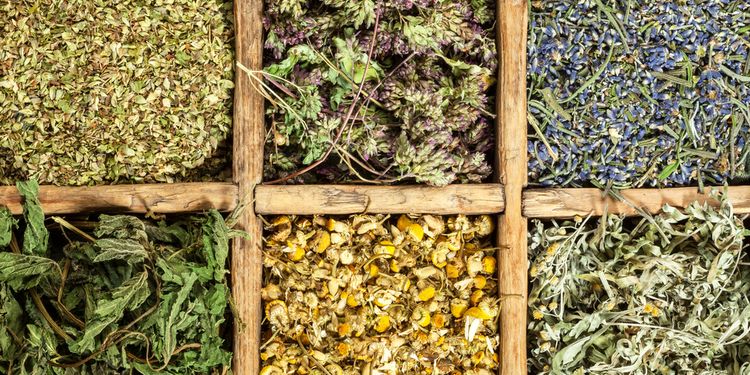
If you’re going to use fresh plant material, you’ll have to be a little more precise about your solvent. At least 25% alcohol is required for shelf life and prevention of bacteria or mold growth. Since there’s still water content in fresh herbs, this water could potentially dilute the alcohol percentage well below the 25% minimum, leading to unwanted microbial growth. While some herbal masters prefer fresh herbs, others rely exclusively on dried herbs. For simplicity’s sake, I have so far used exclusively dried herbs.
My homemade tinctures have all been made using 80-100 proof vodka, or 40-50% alcohol. This percentage range will guarantee a wide spectrum of constituent extraction. The water content will be useful in extracting chemicals like complex carbohydrates, tannins, and flavonoids, while the alcohol content will help extract saponins and alkaloids.
All of these chemical classes can occur simultaneously in an extract of a single herb, and they work in concert to achieve therapeutic effects. It’s important to note that certain resin-rich herbs, like Calendula officinalis, require up to 90% alcohol in order to take advantage of the therapeutic effects of their resin specifically.
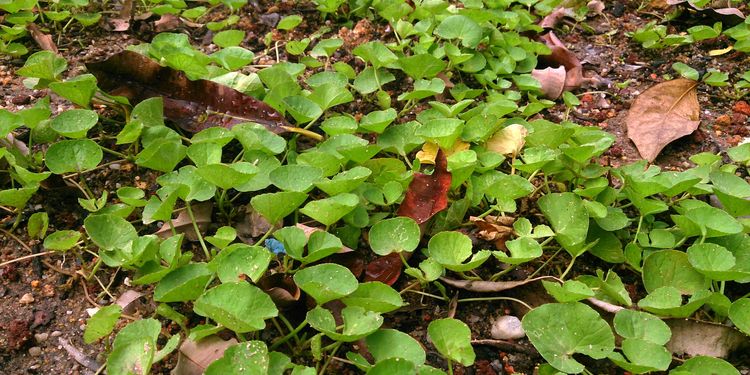
Three Herbs I’m Currently Tincturing
I have a few herbs incubating as we speak.
I have recently taken up a fascination with Centella asiatica, or Gotu Kola. This herb has been used throughout history in eastern medicine as a general tonic for connective tissue and brain function.
Traditionally, Gotu Kola has been used to repair nervous tissue and improve its function while also improving blood flow to the brain. Because of its tonic effect on the nervous system, it can be considered an adaptogen, or an herb that helps the body cope with stress.
Viburnum opulus, or cramp bark, is another extremely practical herb to have on hand. It’s an herb rich in salicylates, Aspirin’s claim to fame when it comes to pain reduction. While Aspirin contains a chemically altered salicylate, these compounds are naturally occurring in herbs such as cramp bark and don’t produce the same irritating effects to the gut lining.
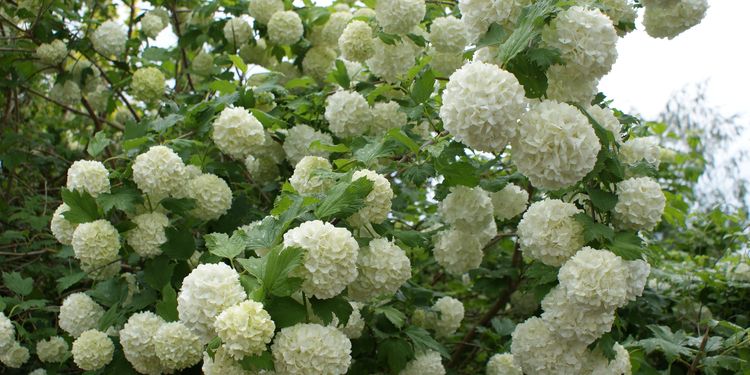
The herb I tinctured in my medicine-making class this week was Sambucus nigra, otherwise known as black elderberry. This is a berry packed with a giant punch when it comes to supporting your immune system during infections. It’s common to find it in cold-fighting natural cough syrups and immune support tinctures. The berry is rich in flavonoids that give it a deep bluish purple color. These compounds are important for their antioxidant and inflammatory modulating effects when you’re coming down with a cold.
Summary
Herbs are powerful medicines. If you do decide to make and take your own tinctures, it’s important to make sure that you’re not exceeding the weekly max per herb used. If you’re looking to get more specific about your tincture-making, Dr. Marisa Marciano (a registered herbalist (RH)) has a botanical medicine reference book that you can find on her website at The Naturopathic Herbalist. I’ve found this reference extremely helpful in beginning my tincture-making journey.
Stay tuned for updates on many more tinctures to come!
